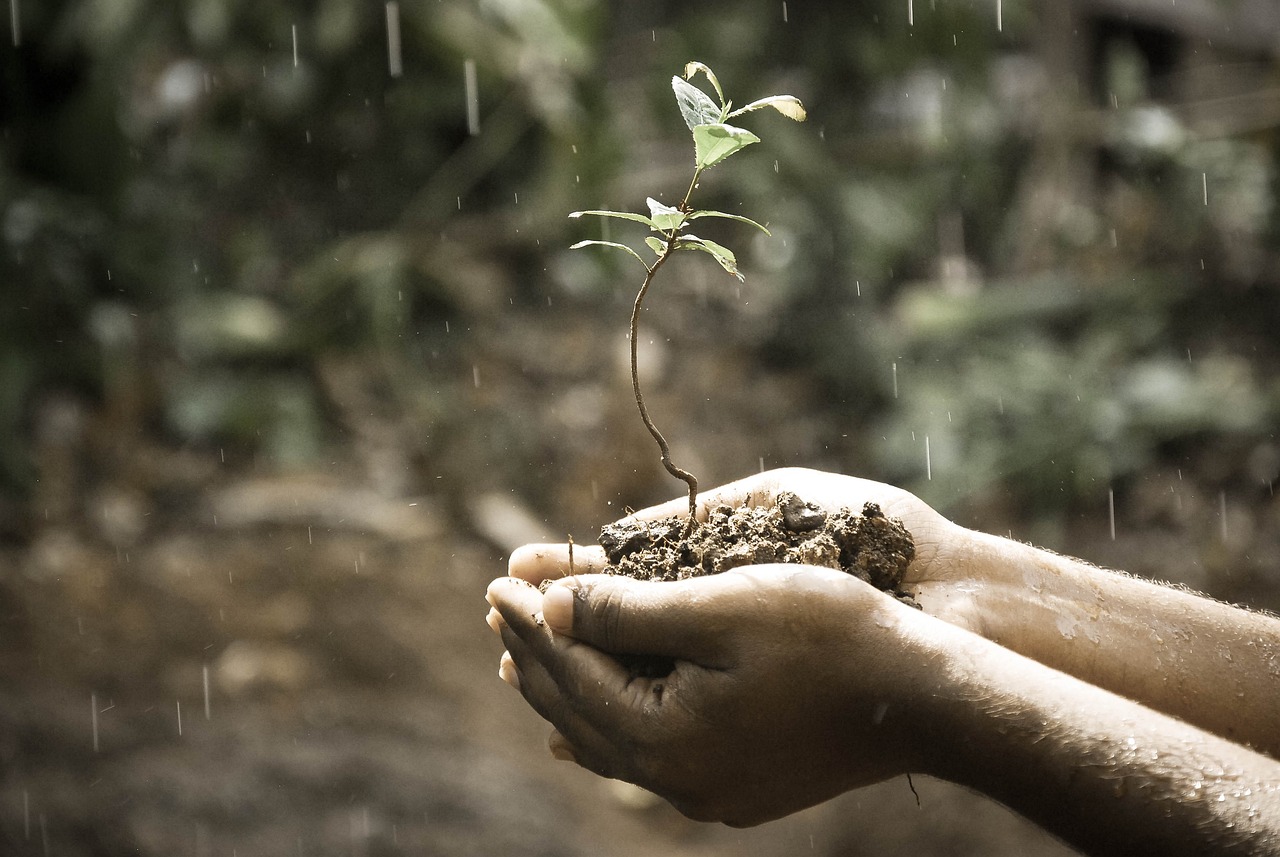By Anna Lexxy Mbucho
The future of urban water management seems dependent on rainwater utilization. This is because rainwater harvesting has many advantages that make it a resilient and sustainable approach in the face of increasing water scarcity, urbanization, and climate change. Urban communities frequently depend significantly on centralized water sources, like groundwater, rivers, and reservoirs, all of which are experiencing growing levels of stress. Rainwater harvesting lessens this reliance by offering a different, decentralized water source that can be used for a variety of non-potable applications and, with the right preparation, even for drinking water.
Cities are prone to flooding due to the prevalence of impermeable surfaces like roads and buildings that prevent natural water absorption. Rainwater harvesting systems can capture and store stormwater, reducing surface runoff, and helping to prevent urban flooding. Rainwater harvesting is a cost-effective solution for urban water management. The technology required is simple and inexpensive, and the system can be scaled according to the needs of individual buildings or entire communities. It can also reduce water bills for residents by supplementing the supply of municipal water.
Capturing and storing rainwater can improve urban water security as climate change causes increasingly unpredictable rainfall patterns. Cities can ensure a constant water supply all year round by conserving rainwater during wet periods and creating a reserve that can be used during dry months.
Integrating rainwater harvesting into urban planning supports the development of green infrastructure, such as green roofs, permeable pavements, and urban gardens. These not only enhance the urban environment but also help in managing stormwater, improving air quality, and providing recreational spaces. During heavy rains, urban sewer systems can become overwhelmed, leading to sewage overflows and contamination of local water bodies. Rainwater harvesting reduces the volume of water entering sewers, thus minimizing the risk of overflows, and helping to maintain the quality of urban water bodies.
Rainwater harvesting is a sustainable method that encourages water resource conservation and lowers energy use for water distribution and treatment. Through the diversification of water sources and the provision of a buffer against disruptions in the water supply, it also enhances urban resilience. Installing rainwater harvesting systems promotes community involvement and increases understanding of the value of conserving water. Involvement in the management of water resources by businesses and residents promotes a sustainable culture.
One innovative solution to the complex problems of urban water management is to use rainwater harvesting. Cities may decrease their environmental effect, improve water security, and foster sustainable growth by collecting and using rainwater. Rainwater collection will become a crucial part of resilient urban infrastructure as urban populations continue to rise and the consequences of climate change become more noticeable.

